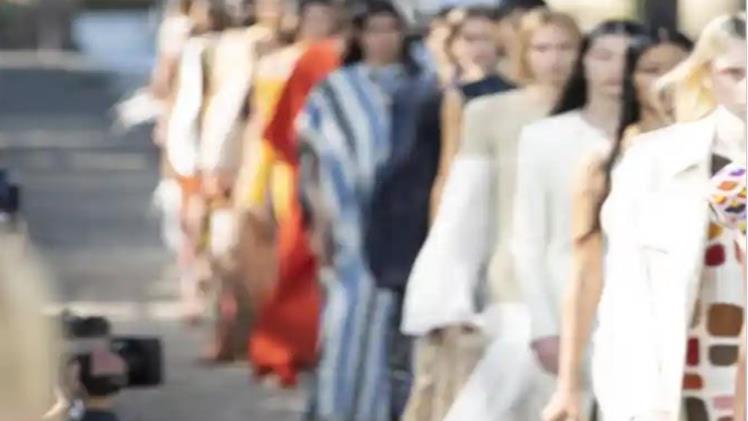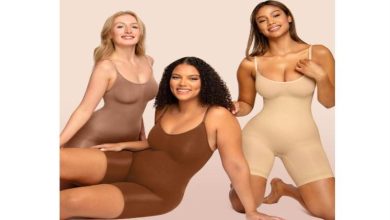EcoFashion: Pioneering Sustainable Style

The world of fashion becomes increasingly focused on sustainability dynamics that change industry standards and influence customers’ choices. EcoFashion, or sustainable fashion, promotes environmental awareness, ethical sourcing, and the durability of products and rejects traditional views. This paper delves into the concept and nature of EcoFashion, its implications for the environment, and progressive approaches revolutionizing the fashion world.
Understanding EcoFashion
The concept of EcoFashion implies a new approach to the sphere of fashion, namely, the production of eco-friendly clothing. This includes the use of environmentally neutral materials, the implementation of energy-efficient technologies, and support for fair labor. EcoFashion Bandar togel contradicts fast fashion – the production of cheap clothing due to the GUH style, while garments are made disposable and short-lived.
The Materials Revolution
“Eco” in EcoFashion refers to being made of sustainable materials. Designers use natural or recycled fibers that consume less water, fewer chemicals, and little to no waste when produced. These are organic cotton, bamboo, and hemp or have low environmental impacts. Recycled polyester has become a staple . The latter also gives new aesthetics and textures to work with, which many designers and brands find appealing.
Production Processes and Their Impact
EcoFashion’s sustainable fashion brands are also approaching production with an eye towards reducing environmental harm. For example, techniques such as low-impact dyeing, water recycling, and energy-efficient manufacturing have become prominent environmental considerations . This process requires substantial amounts of water and energy in traditional textile production, which contributes significantly to the industry’s overall carbon footprint.
Ethical Labor Practices in EcoFashion
Apart from the stated concerns, EcoFashion deals inherently with ethical matters within the fashion sphere. It results in fair wages, safe working surroundings, and transparent business relations. Consequently, in developing the social impacts of their style choices–a healthy work environment and equitable employment opportunities, sustainable companies and consumers are establishing a new ethical imperative for the industry.
The Challenges of Sustainable Fashion
While there are several advantages to using the product in question, EcoFashion poses challenges. The most significant disadvantage is the price of the eco-friendly product and fair wage production practices, which result in elevated clothing prices. Furthermore, many consumers do not know enough about the toxic impact of material manufacturing and disposal on the environment.
The Future of EcoFashion
In conclusion, the future of EcoFashion remains bright but still requires innovative and community efforts. Further technological developments, including biofabrication, growth of fabrics from cultures, and the digitization of fashion production, can reduce waste and energy use . Furthermore, with an increase in consumer demand for sustainable goods, the fashion industry is likely to witness a more extensive implementation of EcoFashion approaches.
The Sustainable Shift in Fashion
Ultimately, the future of EcoFashion is bright, but it remains dependent on creative ingenuity and community involvement. Biofabrication and growing cultures around fabric, technological breakthroughs, and increased digitalization in fashion production are projected to dramatically reduce waste and energy consumption . Furthermore, the demand for products that sustain the environment is projected to grow, which will likely push the fashion industry toward more EcoFashion practices.




